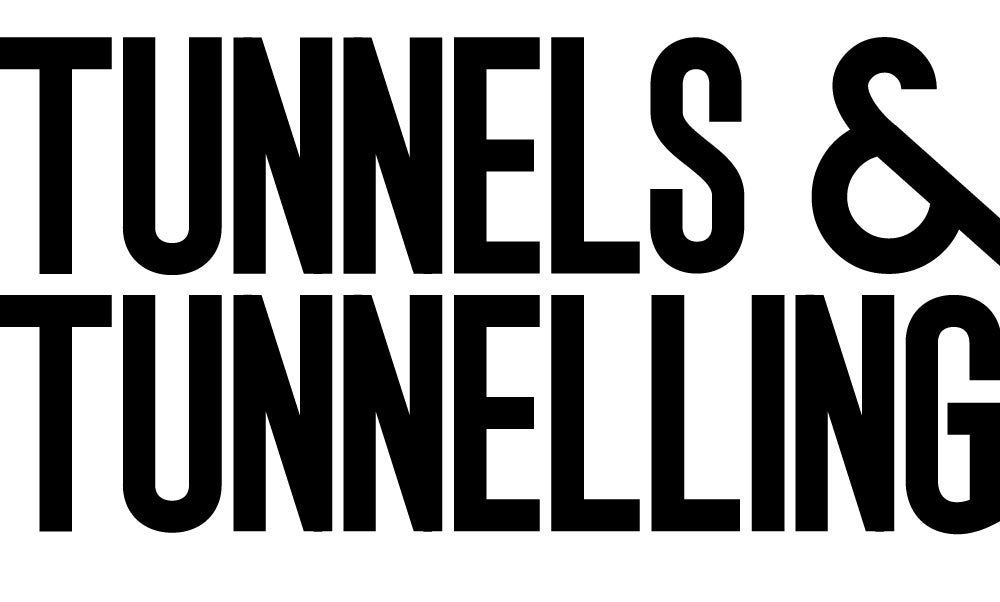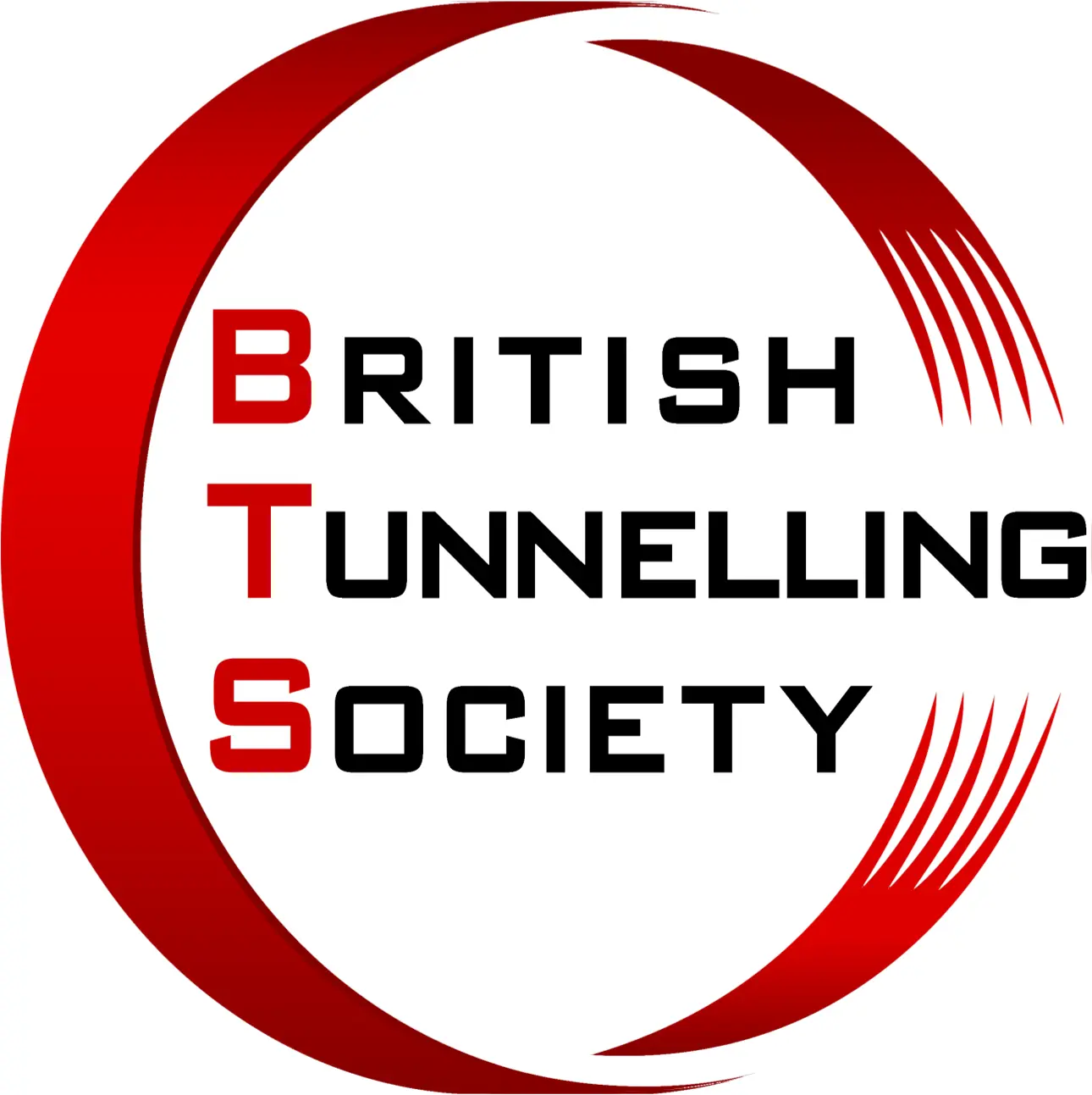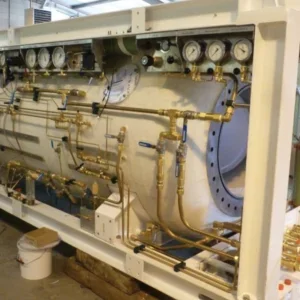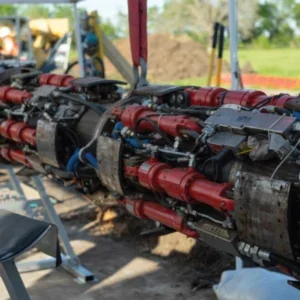Sprayed concrete (shotcrete) is a well-established and proven component in modern day tunnel construction due to its cost effectiveness and speed of application. Following the excavation process, shotcrete is applied as a structural support element. It plays an integral role in the New Austrian Tunneling Method (NATM), one of the most widely used underground construction methods in the world for shorter tunnels (generally less than 2km in length). Technological advancements in shotcrete materials and equipment over the years have contributed to the growth of shotcrete in underground applications.
With rising populations and increasing pressure on existing transportation systems, the need for underground infrastructure continues to grow. A prime example of this is the City of Montreal, where there are 10 underground construction projects taking place this year (Table 1). In addition to the underground work, there are major infrastructure projects such as the REM: Réseau Express Métropolitain, worth CAD 6.3bn (USD 4.75bn), the new Champlain Bridge (CAD 4.2bn), and the new Turcot Interchange (CAD 3.0bn).
There is also a boom in residential construction resulting in new condos going up all over the city. Pressure is being put on the availability of materials and labor, making it challenging to get common building materials such as concrete and steel. Contractors’ schedule and budget are severely affected when their ready-mix concrete orders are not delivered on time.
On many of the tunnelling projects in Montreal, contractors have opted for the ‘shotcrete on-demand’ approach, which consists of pre-blended material that is shipped to the project in bulk tote bags. The prepackaged shotcrete is stored on site and ready to use when needed, thus eliminating the current procurement challenges with ready-mix concrete.
Prepackaged Shotcrete On-Demand
Prepackaged shotcrete is made up dry raw materials (cement, SCMs, sand, coarse aggregate, fibers, and admixtures) that are pre-blended in an ISO-registered manufacturing facility and supplied in bulk tote bags of 1,000kg for underground construction projects. The prepackaged shotcrete undergoes strict quality control testing at the manufacturing facility before being shipped to the job site, thus ensuring a consistent and quality mixture.
Prepackaged shotcrete contains smaller size aggregate than ready-mix, therefore reducing the risk of dangerous blockage in the hoses due to the high pressure. The bulk tote bags are most commonly shipped to the job site on flatbed trucks, however can also be shipped by train or boat depending on where the project is located.
Due to the nature of the manufacturing process, prepackaged shotcrete is more costly than ready-mix on a price per cubic meter comparison, however that does not necessarily translate into a more economical overall budget. The higher material cost of prepackaged shotcrete can pay dividends over the life of the project by providing the contractor with the freedom and flexibility to work on their own schedule. Due to the nature of the tunnel construction process, work cycles are not constant throughout the project.
Shotcrete work can start at different times each day, making it difficult to coordinate ready-mix concrete deliveries. On a large underground construction project, lost time waiting for concrete trucks can cost the contractor exorbitant amounts of money when the team of engineers, workers and specialized equipment is on standby. These losses can be eliminated by using prepackaged shotcrete on demand, where material is stored on site and ready-to-use when needed. On tunnel projects where storage space on site is limited, prepackaged shotcrete manufacturers can maintain inventory at their production facility and deliver bags when required.
Method Selection: Dry Vs Wet
Shotcrete can be produced by either dry-mix process or wet-mix process. Once the material is in place, there is no difference between the two, both produce high quality concrete when applied by a qualified nozzleman. The preferred method of placement is determined by required placement rate, site access, material and equipment cost, material and equipment availability, and the preference of the contractor.
The shotcrete project specification should be strictly performance based, and the contractor should have the freedom to select the preferred process. It is common for both wet-mix and dry-mix to be used on the same project, as they each have their advantages and disadvantages.
Wet-mix shotcrete is typically supplied in ready-mix trucks from a nearby concrete plant or on-site batch plant, however it can also be supplied in prepackaged bulk tote bags. Prepackaged wet-mix shotcrete is referred to in the industry as ‘dry-to-wet’, where the pre-blended bags are lifted into concrete trucks and mixed with water to produce wet shotcrete.
The fresh mixture is then pumped through hoses and sprayed onto the receiving surface using compressed air, which is introduced at the nozzle. When accelerator is required in order to provide rapid hardening, it must be carefully dosed using a calibrated pump on site. Under-dosing can result in dangerous overhead fallout, whereas overdosing will reduce the later age compressive strength and durability of the in-situ shotcrete. Wet-mix shotcrete is preferred in cases where high productivity rates are required, such as longer tunnels built using TBM.
Dry-mix shotcrete is supplied in prepackaged bulk tote bags. It can also be supplied with continuous mixing trucks, however it is uncommon for underground construction. The dry-mix shotcrete contains pre-mixed accelerator, therefore it doesn’t have to be added on site with a dosing unit. The dry-material is pneumatically conveyed through hoses by a high velocity air stream, and mixing water is typically added 3m before the nozzle outlet. Another advantage of dry-mix shotcrete is the possibility of using ultra-rapid strength gain mixes that aren’t compatible with the wet-mix process. This technology is referred to in the industry as ‘RS Shotcrete’, and yields early age compressive strengths of 20 MPa after two hours. This technology has been successfully used in Canadian mines and tunnels, and can reduce the work cycle by permitting earlier re-entry under recently sprayed zones.
Dry-mix shotcrete is preferred for shotcrete operations with challenging logistics and rapid mobilization such as tunnel projects with difficult access and or requiring long conveying distances with frequent and unscheduled starting or stopping.
Dry-mix shotcrete is often the preferred method in the construction of shorter tunnels using the NATM, where each cycle of shotcrete work does not require large volumes material.
Conclusion
Due to the varying geological conditions in the tunnel excavation process, the work cycle is constantly changing. Planning and logistics of ready-mix shotcrete delivery can be challenging, especially in cities such as Montreal where construction is booming. Contractors should consider using prepackaged shotcrete on-demand as an alternative option to ready-mix, in order to eliminate lost waiting time and provide them with the freedom to work on their own schedule.






